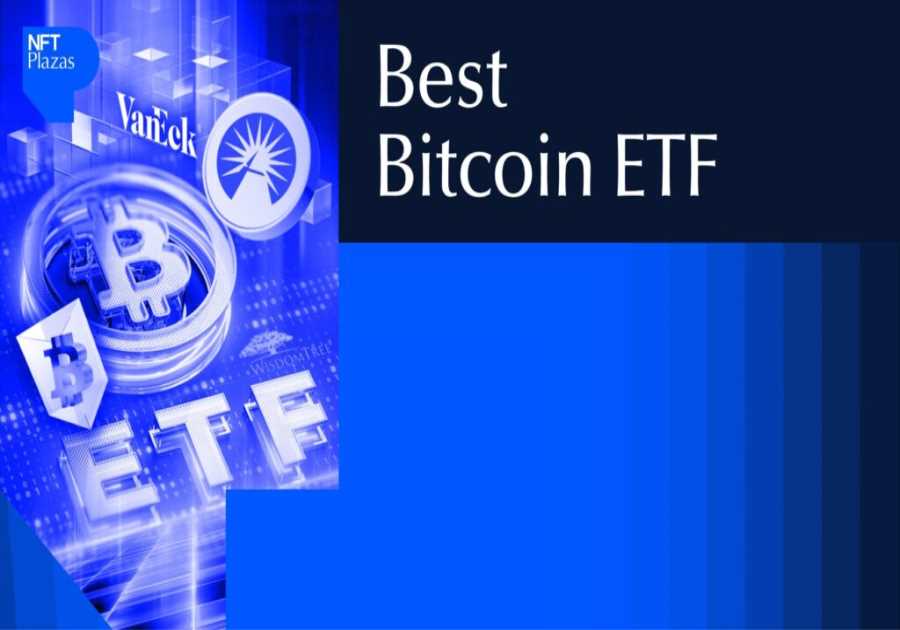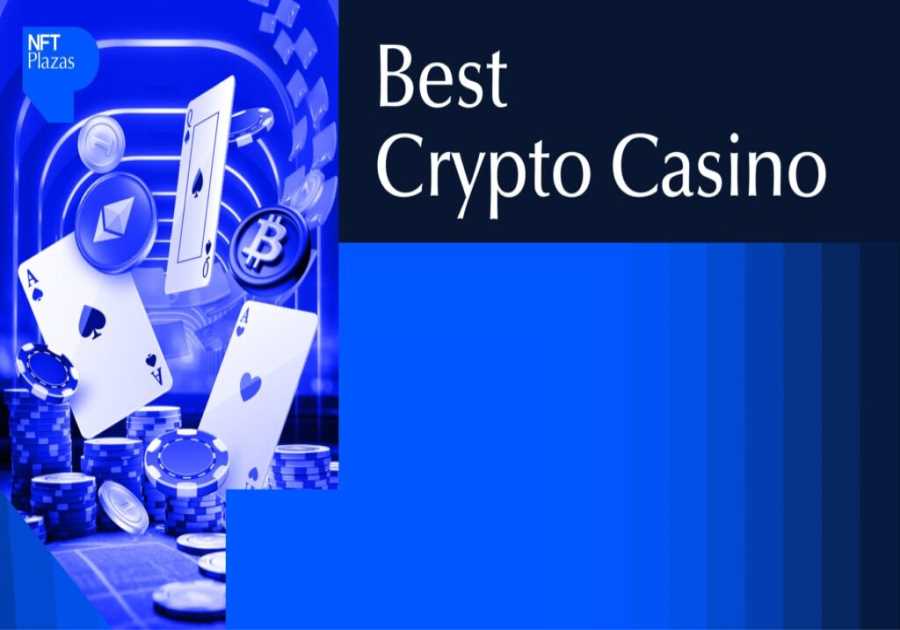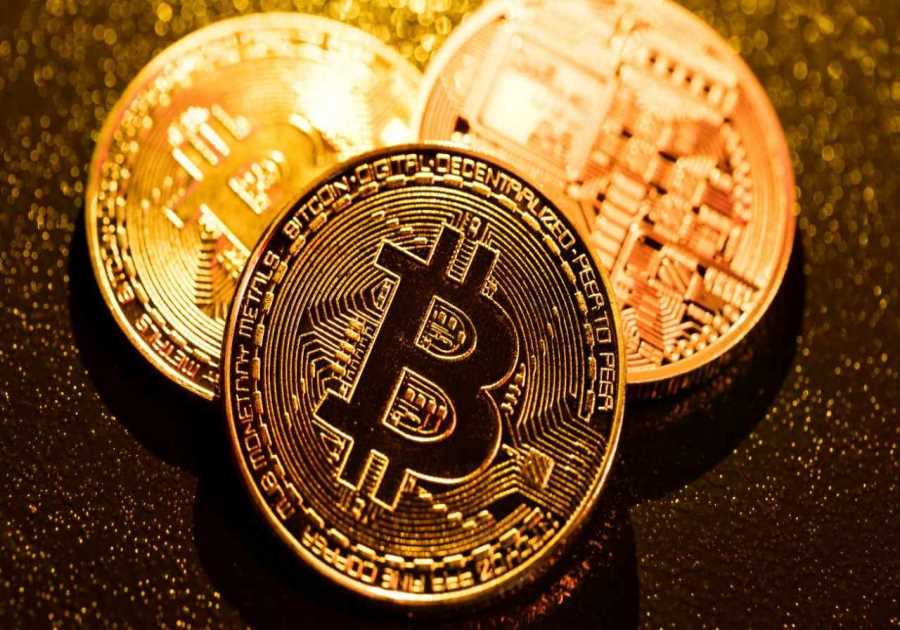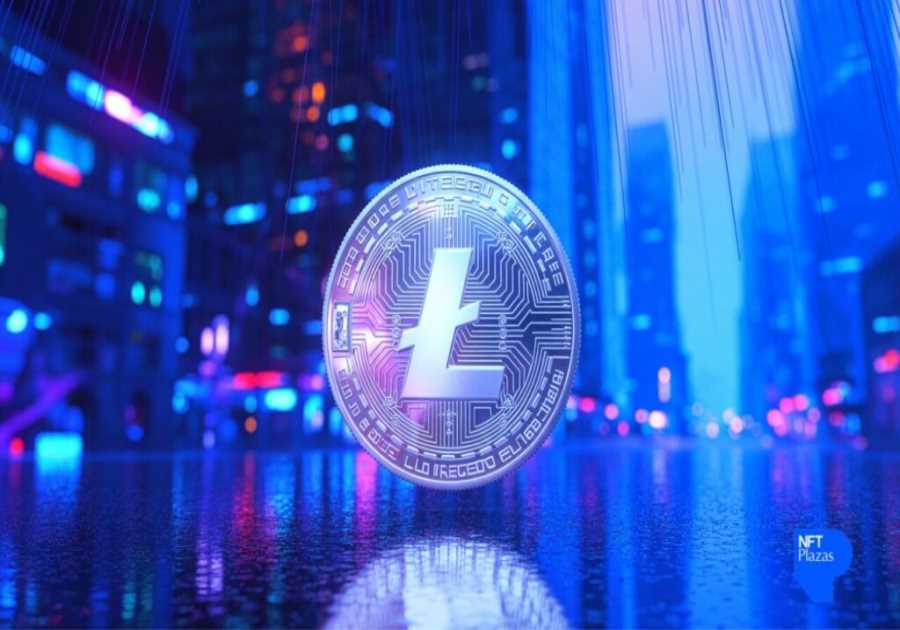When the history books are written about the current digital renaissance, Beeple’s place is already secure.
Mike Winkelmann’s landmark $69.3 million sale at Christie’s in 2021 was more than just a watershed moment for the NFT space, it was a clarion call on the value of digital culture that shook the foundations of the very institutions that had long ignored it.
Every bit as outrageous and memetic as the artist’s work itself, the auction elevated Beeple as one of the three highest-selling living artists and kicked off a game-changing bull run that brought unique digital assets into the mainstream limelight.
An unlikely figurehead for the movement as a crypto newcomer, Winkelmann has nevertheless remained at the forefront of the Web3 space, chronicling the frenetic highs and lows in his iconic Everydays series and opening Beeple Studios in his native Charleston, S.C. earlier this year to bridge the URL and IRL worlds for the community.
For the 100th episode of the nft now podcast, we welcomed Beeple for an epic hour-long conversation on a range of topics, including how he covers bad actors in his Everydays, exhibiting at The Gateway: Korea, and what’s inspiring him in Web3.
Matt Medved: Beeple on the nft now podcast, 100 episodes! We finally did it.
Beeple: We did it. There it is. One hundo. Congrats dude. That’s a lot. Who was the first one?
The first one was Aeforia back in April 2021. So we’ve done one hundred episodes, that’s almost two years worth as we do it weekly.
Wow, that’s crazy! You guys have definitely done a lot in this space, like [The Gateway] at Art Basel. I was blown away. It was like, ‘Oh my God, this is like a f**king city here. Jesus Christ.’ I’m definitely looking forward to Korea.
We’re excited to have you there. We see the Asian market as primed to be a major player in the next cycle. What’s your perspective on Web3 and the Asian market?
I think it will be a massive market moving forward because it’s such a digitally focused culture already. I look at the amount of things that they do on their phones. During COVID, they had all these protocols and checked in all these places. They have a more advanced infrastructure. They send more payments and are more digitally literate, so I think this stuff will appeal to them more naturally. Fandom in Asia is just on another level. It’s evidenced by the fact that the two most popular IP franchises in the world are Pokemon and Hello Kitty. When they like something, they really like that thing.
“Fandom in Asia is just on another level… the two most popular IP franchises in the world are Pokemon and Hello Kitty.”
Beeple
Have you been to Korea before?
I was there for like 40 hours once in 2011. I did concert visuals for Big Bang, a K-pop group there… I brought the whole family to Seoul for the show, but it was just for one weekend, so I’m very excited to get a proper experience and viewing of the city here.
What artwork will you be showing at The Gateway: Korea?
That is a good question. (laughs) I believe we’re showing the double Everydays box. It’s a kinetic sculpture, similar to Human One, but it’s smaller and two boxes. They’re counter-rotating and have a compilation of all of the Everydays from 2022. So a lot is going on.
I think those sculptures show digital art in a way where anybody can enjoy it, there’s nothing to get… I like finding those experiences where people can see something physically that shows them the craft of digital art because I think it’s hard for people to see that. Many people think, “Oh, you just press two buttons and blah, blah.” But when they see something more detailed with a ton of information where there’s no other way it could be generated other than just sitting down at the computer and making these images, I think it clicks for them that this is a medium, just like any other artistic medium.
What are some of the biggest misconceptions about digital art and the NFT space you still encounter?
It’s tough because there are a lot of legitimate critiques. A lot of people still think this is completely a gambling thing. That’s sort of the first thing that we need to overcome. We overcome that by putting out very thoughtful and meaningful work, where you are conceptually thinking through the project’s full life. So that, hopefully, people either know what they’re getting into or know that they don’t know what they’re getting into. I think people need to be more honest about it. I think there is so much speculation in the market, and that is such a big piece of it that it’s tough trying to find that balance between that mode of thinking and the artistic side because it all exists on a spectrum.
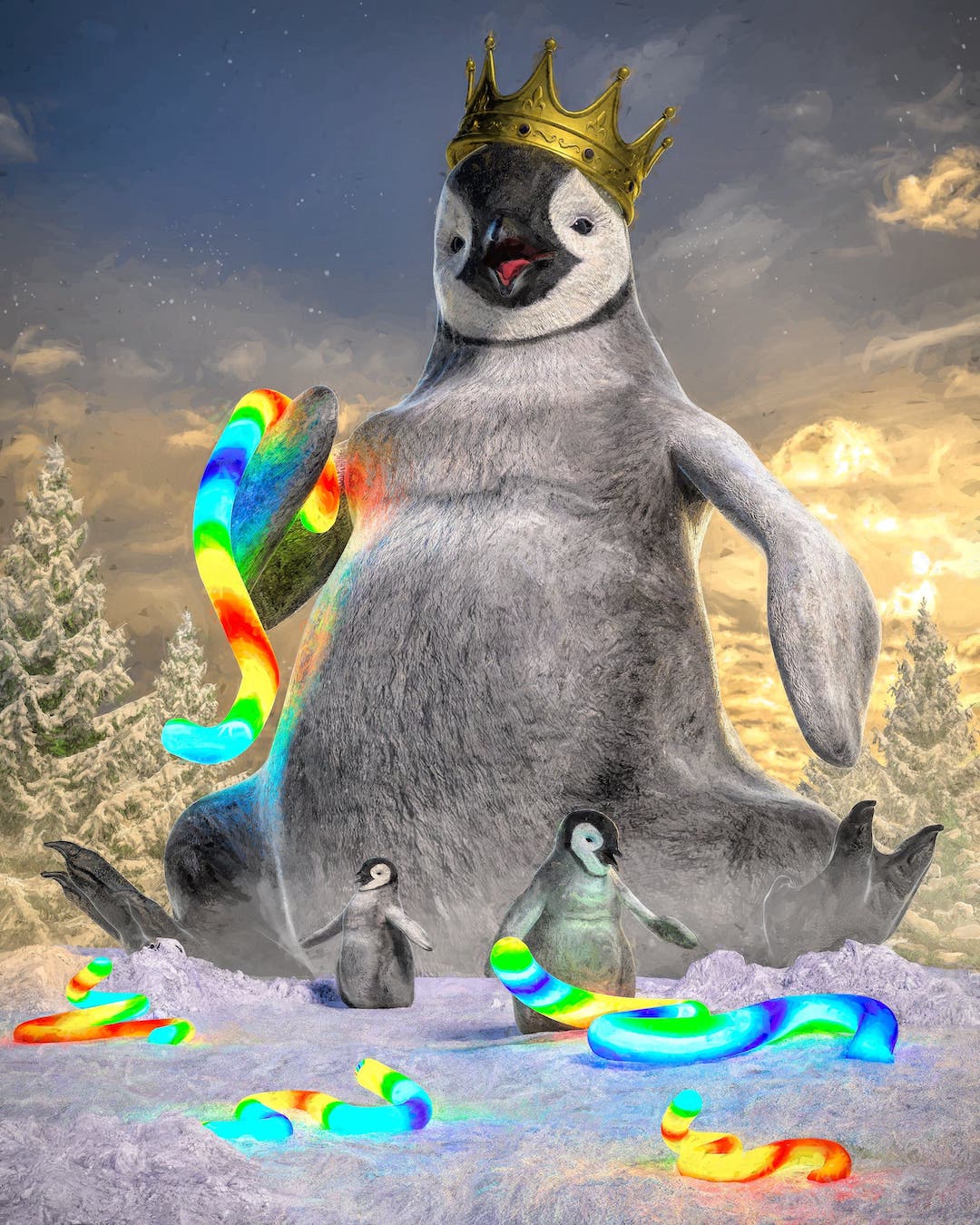
Credit: Beeple
I know we’re still early because we still talk about NFTs as a category rather than a new medium transcending every category with different creative and consumer priorities. Once the market matures, I hope we won’t apply the same expectations to every project.
100%. I think it will. I think you will start to see more segmentation. I think you’re beginning to see that with people discussing PFPs as its category a lot more. That will happen even more as more use cases come into play. “Okay, this is clearly a gaming token, this is clearly a utility token.” But what makes it tough and exciting is that there’s so much crossover between these things. We’re only two years into a lot of people in society having the idea that virtual objects can have value. Not even everybody in society even agrees upon that yet. They definitely will in the future as use cases open up for them that make sense to them.
The Gateway is inspired by the idea of a glimpse into the future where physical and digital co-exist in creative harmony. I know there’s an element of that in Beeple Studios as well. Tell us about the vision there.
Yeah, I want to bring people together to have communal experiences around digital art. We had 50 artists that we exhibited work from all over the world. The studio is set up in a space where we make works like Human One. We also have a white wall gallery space and then a more digital experiential space with screens and projectors covering all the areas. What’s interesting to me is finding a way to make digital art something where we’re all experiencing the same thing simultaneously because that’s not how we normally experience digital art. We’ve got something coming up pretty quickly here that we’ll announce that will be another fun way to utilize the space and engage with different communities. We want this space to be something in which the entire NFT community utilizes and can find value.
The live Everyday at your studio opening took a process that most people don’t often have visibility into and turned into a shared experience. What’s the story there?
So I started doing talks in 2015 at design conferences. But I only had one talk, and it was just about Everydays and I never did another PowerPoint presentation. It wasn’t a huge community, so I just started doing the Everyday live at these conferences. It would be this more participatory thing where I’d call on audience members like, “Okay, you, what should we put in the thing? Okay, what kind of clouds should the clouds look like?” People would just be shouting shit at me, and it was always really fun.
I wanted to do that same thing with the space here. But what we ended up doing was even more than that, I would actually produce 50 separate works during that one hour. Every time I hit this button, it would save a part of my screen, upload it to the NFT, and then send it to the ceiling printers where we were dropping prints.
“This idea of digital art being a performance is also new… you can see exactly what I’m doing, which makes it more like painting”
Beeple
On a higher level, this idea of digital art being a performance is also new in a way. Most digital art before the last 20 years was generative because you had to write a program if you wanted to make it. There was no Photoshop, no After Effects, or Cinema 4D. All these tools we have are relatively new. They take a lot of time in these movies costing $200 million, but that’s just a bunch of dorks like me sitting and rendering buildings exploding… Trying to make something with those tools in a very short time has many interesting performative aspects to it. Especially because you can see exactly what I’m doing, which makes it more like painting.”
When introducing your Everydays work, I’ve compared it to being a political cartoonist for internet culture. It’s chronicling what’s happening in this space and capturing the zeitgeist. Does that resonate with you?
That is what I’m trying to do. I’m trying to capture what is going on in the space, but sometimes people mistake that for me endorsing. Or they think that just giving attention to certain things in the space that neither of us likes is not good. To me, that seems like kind of a very elitist attitude, to be honest, because it’s like, “I understand this, and I’m not gonna buy this.” More specifically, this recently came up as there’s been a number of bad actors in the space who shall remain nameless where I have chronicled their doings. The purpose of that is not to boost them, even though I know this might inadvertently boost them, but it is to document this culture and what is happening in it so that we have some record artistically of what happened here.
“I’m trying to capture what is going on in the space, but sometimes people mistake that for me endorsing.”
Beeple
It has to capture the attention of everybody or minimally a large portion of people before it seems like something that I should make a piece about. Sometimes there are things where it’s like, “Oh goddamnit, I don’t wanna do this, but everybody’s talking about it.” So I feel somewhat obligated to chime in. It’s like the news reporting on something negative happening. That’s not an endorsement. That’s just what’s going on.
Web3 is an attention economy that thrives off of engagement, especially with the creator monetization on Twitter (now known as X). There’s the concept that there’s no such thing as bad press.
Yeah, I don’t think that’s the case though. I think many things can be bad press where it’s not bringing good attention to you.
“If you’re an adult and you wanna do that, that’s fine, but don’t blame that on my f**king picture.”
Beeple
I think what may drive that mentality is people being like, “It’s an attention economy, so they’re getting attention. It’s like oxygen.” But you also have to document the times.
But that’s the thing, it assumes that people will automatically buy into their projects if they get attention. People have to make the conscious choice to buy into this crap. If you see a picture from me portraying this project negatively, and you’re like, “Gotta buy into it. I wasn’t gonna, but now that I saw that f**king giant poop emoji, this seems like a solid buy.” Come on, you were gonna f**king buy into this crap. You were looking for any reason to buy into this shit. People are dumb, but you’re not that dumb if you can buy a f**king sh*tcoin. It’s quite complicated. Let’s be very honest here. You know what it is, and you know you shouldn’t be buying sh*tcoins, but you are buying sh*tcoins because you’re f**king greedy. That’s all it f**king is. If you’re an adult and you wanna do that, that’s fine, but don’t blame that on my f**king picture.
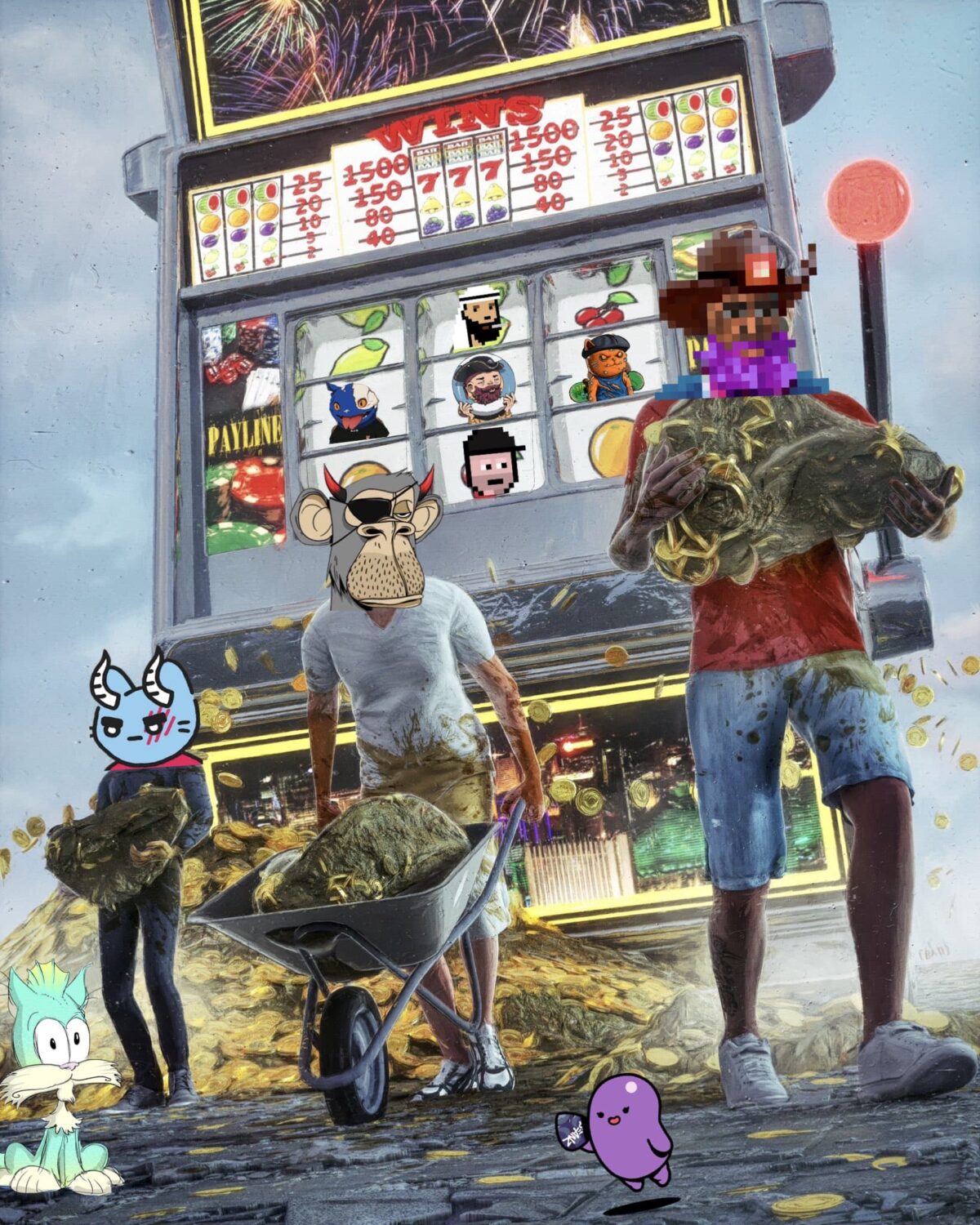
Credit: Beeple
It is funny that this is where we’re at in the cycle, where sh*tcoins and memecoins drive the discourse.
We circle back around. Yeah, it’s definitely very odd. This is my first go at the rodeo because I was not in crypto before. So I honestly find all this sh*tcoin stuff to be fascinating because it’s something very new to me. I thought NFTs were gambling, and this is a whole other thing. Especially because it’s so much on the whim of these rando dudes… so it’s like gambling on when these dudes will f*ck everybody over. It’s so bizarre how these communities form with people jumping on Twitter and pumping these sorts of crazy things. And then it’s onto the next thing. To me, it’s fascinating as this weird kind of bleeding edge case of crypto that I think is something worth making art about that hopefully people will look back and be like, “Wait, what the *uck does this mean?” Because it’s so coded too. It’s like so many of these things are like memes upon memes upon memes upon memes. It’s this crazy and complex culture that is very hard for the outside world to understand what these people are doing, how they’re gambling on these things, and how these economies work.
Yeah, it’s like a new level of degeneracy.
It is. I mean, that’s probably the easiest way to say it.
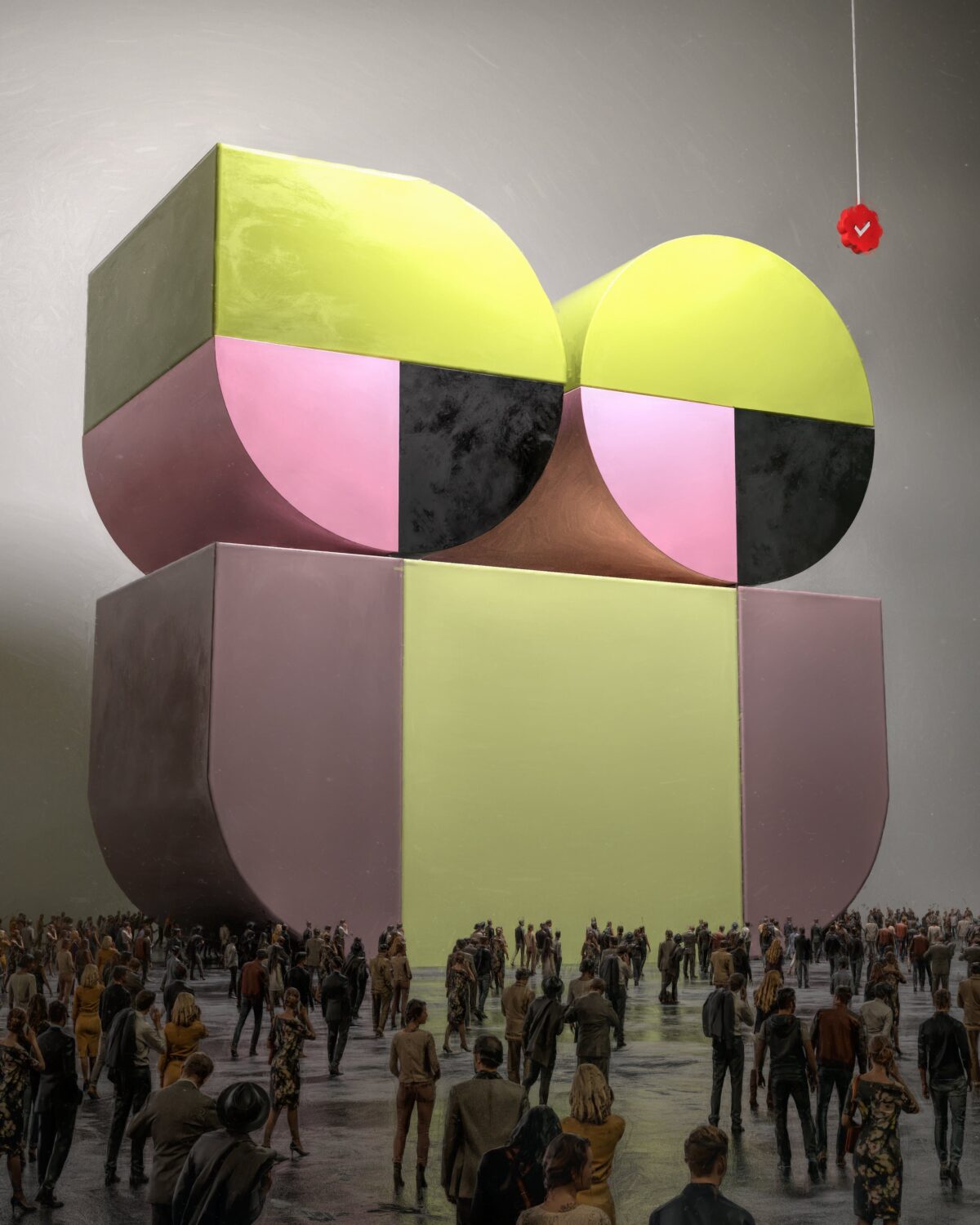
Credit: Beeple
What have you been seeing during this period that’s inspiring you?
I look at Jack [Butcher] and what he’s doing with Checks and Opepen, and I think it’s super interesting. I’m really excited to see where that goes. What Refik [Anadol] is doing in the museum world is really cool, and I think he’s really bringing in people and making it something very obvious to people. What Snowfro is doing with generative art is super interesting and something that he’s truly passionate about educating people on. I thought the Vera Molnar auction they just did was awesome to see and such a massive moment.
At the end of the day, what will get us out of this bear market is when the amount of demand for NFTs outpaces the supply. So it really needs to be about strengthening communities, showing people the true value in this outside of the speculative stuff, and finding the people who care about that.
This interview transcript has been edited for concision and clarity.
For the full and uncut interview, watch or listen to our podcast episode with Beeple.
The post Being Beeple: Capturing the Zeitgeist of Internet Culture appeared first on nft now.
Read MoreBy: Matt Medved
Title: Being Beeple: Capturing the Zeitgeist of Internet Culture
Sourced From: nftnow.com/features/being-beeple-capturing-the-zeitgeist-of-internet-culture/
Published Date: Fri, 11 Aug 2023 19:22:34 +0000
----------------------------
Did you miss our previous article...
https://trendingincrypto.com/nft-news/free-mint-for-the-awakening-from-morra-games
.png)















